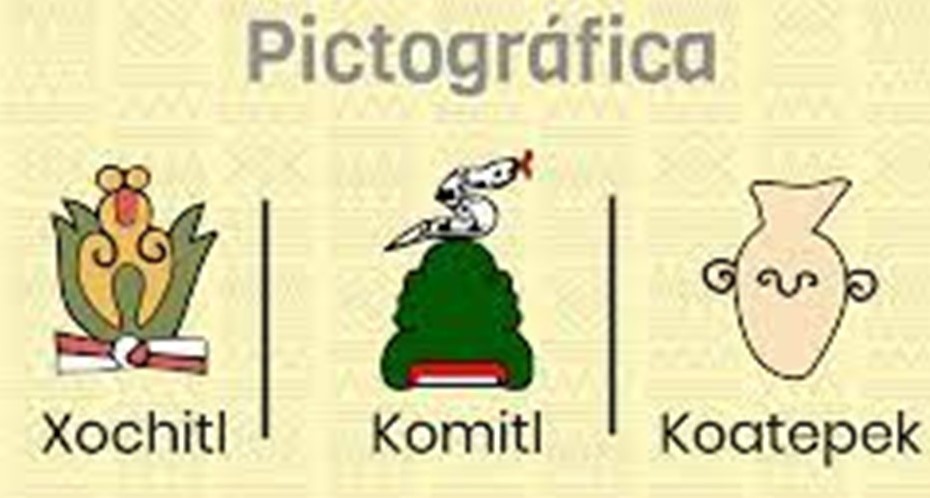From Pictographs to Palabras
By Lisa B. Martin*
My involvement and understanding of indigenous and language diversity in Mexico began in 1999, on the first of many visits to Zihuatanejo, Guerrero. As a tourist on a yoga vacation, I observed small, dark-skinned children on the beaches selling trinkets and Chiclets gum– los Chicleros (the Chiclet sellers). I heard their mothers and other craft vendors speaking languages that were clearly not Spanish.
My curiosity about the Chicleros and a desire to learn more about access to education in Mexico led me to meet Maestra (educator) Marina Sánchez Hernández, who had a rustic school in the community. Marina was eager to create a welcoming, multilingual public school learning environment for all children, no matter their lenguas maternas (native languages) and economic status.

Maestra Marina Sánchez Hernández and Lisa B. Martin
This initiative by Marina, and ultimately other trained and licensed indigenous educators in Zihuatanejo, lead to the formation and permanent establishment of La Escuela Primaria Bilingüe Netzahualcoyotl – or the Netza School. Today it thrives as a registered public government institution, nearly 25 years old, annually serving over 450 students in grades K to 6, honoring indigenous cultures and teaching in Náhuatl, Mixteco, Tlapaneco, and Amusgo as well as Spanish, and now English.
Náhuatl – A Living Language in Poetry and More
Náhuatl was the language of the kings and ancient Tenochtitlan – now Mexico City – at the time of Netzahualcoyotl and the Spanish conquest five centuries ago. Once partially written with pictographs, Náhuatl has employed a Latin-based alphabet since the Conquest. Particularly in the 16th and 17th centuries, a rich literary tradition flourished, including poems, myths, administrative documents, historical chronicles, and texts in other genres.

Náhuatl was the language of the kings, partially written in pictographs.
The namesake of Marina’s school is the Aztec Emperor Netzahualcoyotl (1402 – 1472) of Tezcoco, a noted metaphysical poet and leader in education, architecture, and language preservation. You can see his striking portrait on the 100 Peso currency note.
Enjoy the Poetry!
A few stanzas of his poetry, here in Náhuatl and in English, are examples of this national treasure in literary and cultural expression. The ancient oratory of art, language, and poetry was termed canciones y flores (songs and flowers), and in Náhuatl, cuicatli ihuan xochitli.
XON AHUIYACAN
Ica xon ahuiyacan ihuinti xochitli
Tomac mani, aya.
Ma on te ya aquiloto
Xochicozquiloto.
In toquiappancaxochiuh,
Tla cleia xoxhitli,
Cueponia xochitli.
BE JOYFUL
Be joyful with the intoxicating flowers,
those which are in our hands.
Now put on
the necklaces of flowers.
Our flowers from the season of rain
fragrant flowers,
now open their corollas.
Languages in Mexico Today
Today, the Mexican government recognizes 68 linguistic groups and 364 varieties of indigenous languages. One of the most widely spoken indigenous languages of the Americas is Náhuatl, with an estimated 1.5 to 1.7 million speakers today across Central Mexico and including small populations in the United States.
I invite you to continue to enjoy and explore language diversity in the Americas. Watch for the next article in this series.
*About the Author: Lisa B. Martin is an accomplished educator, writer, and award-winning advocate for global literacy. She has received numerous recognitions from the State of Guerrero, the City of Zihuatanejo, and Rotary International for her efforts. Lisa teaches Fearless Writing creativity workshops and retreats in the U.S., and, this winter, in Zihuatanejo. Comments on this article can be directed to her at lisabmartin006@gmail.com. Follow her on Facebook/lisa.b.martin.writer & Write in Mexico. Instagram @zihuawriter.
Resources:
Fifteen Poets of the Aztec World, Miguel León-Porilla, University of Oklahoma Press, 1992.
Endangered Language Alliance: https://www.elalliance.org/
Nahuatl-English, English-Nahuatl Hippocrene Concise Dictionary, Fermin Herrera – Hippocrene Books, Inc. (New York), 2004
Related Articles:

